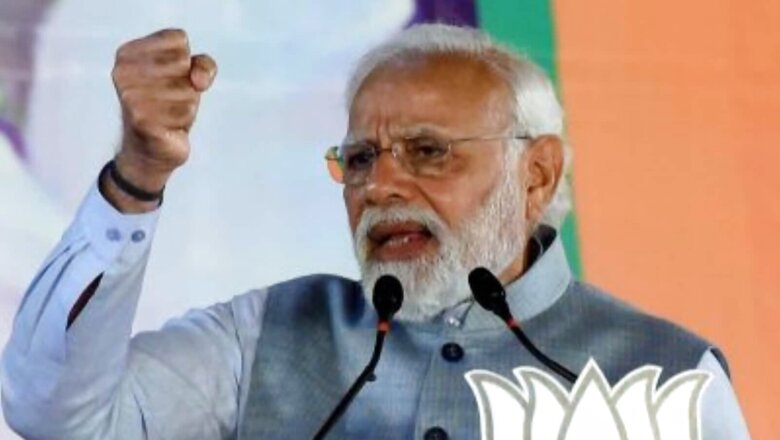
views
Election results test not just political parties and their connect with voters but also political analysts, including myself, who track election campaigns for months and try and provide readers a sense of what voters are thinking.
As the Bharatiya Janata Party (BJP) won a decisive mandate for a second term in Uttar Pradesh, a question that many are asking is how this happened. I would like to remind our readers that in my weekly News18 column UP Next, I have extensively written about the strategies that ultimately worked for the BJP in UP elections.
Here are the five key takeaways from the UP elections:
First, politics of social welfarism. UP Next has repeatedly discussed the social welfare schemes initiated by the BJP government at the Centre, such as free ration, Ujjwala Yojana, pension scheme and many other pro-poor projects, which formed a huge group of beneficiaries (read this) in the polling state. The BJP not only managed to convert these beneficiaries into a community but also nudged them into evolving a beneficiary consciousness.
This beneficiary community had representation cutting across caste and religion. And, the beneficiary consciousness did not allow politics of caste assertion to strengthen against the BJP in this election.
Second, the politics of Hindutva + development. A recurring theme in UP Next has been the Hindutva vision of development and empowerment, which is often contesting with caste-based identity assertion. But anecdotal evidence and in my conversation with people on the ground, more often than not Hindutva + development succeeded in co-opting caste identity. (Read this)
Third, the Modi factor. Prime Minister Narendra Modi’s campaign in Uttar Pradesh turned what many called a close contest into a convincing victory with two-thirds majority. In UP Next, Modi’s appeal among women voters, his mega show in Kashi Vishwanath and his outreach to poor were analysed – and how these could hold significance on the result day. (Read this and this)
Fourth, effective social engineering. The BJP’s election in-charge for UP Dharmendra Pradhan built the party campaign along the pro-poor sentiment – and the positive messaging helped the BJP stem the discontent to a large extent (read this). Be it showcasing the UP government’s tough stand on law and order or the Centre’s beneficiary projects or projecting the Hindutva vision of ‘samajik samarasta’ – a combination of all these factors helped the BJP clinch it.
Fifth, decline of the BSP. I had argued in UP Next that Mayawati-led Bahujan Samaj Party was locked in a triangular contest on several seats and had a fighting chance in this election. This, however, did not happen. The party is now down to a single seat from 19 seats in 2017. The BSP vote share of nearly 13 per cent (down from around 22 per cent) shows the party has managed to retain just its core Jatav vote base, and lost all other non-Jatav Dalit votes, largely to the BJP. It also failed to add votes of Muslims and other castes to its base vote.
It is indeed difficult to read people’s minds and shifting election discourse. But in UP Next, I tried doing just that with my understanding of the state in the last three decades. Indian politics is constantly evolving and we must keep learning from our voters.
Badri Narayan is Professor and Director at GB Pant Social Science Institute, Prayagraj, and author of ‘Republic of Hindutva’. The views expressed in this article are those of the author and do not represent the stand of this publication.
Read all the Latest Opinion News and Breaking News here











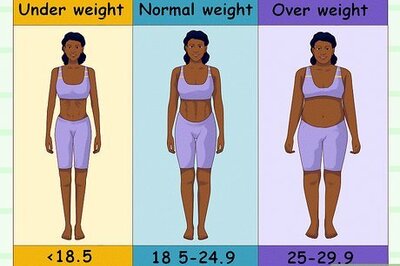

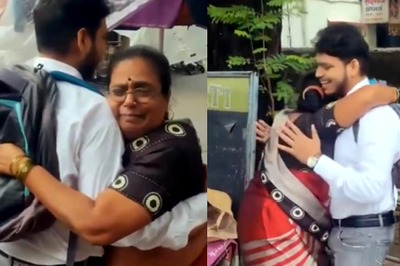
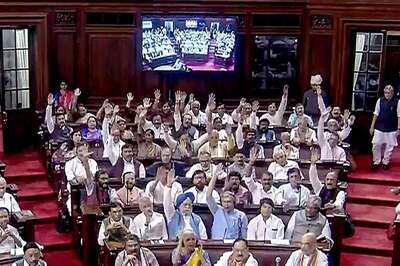

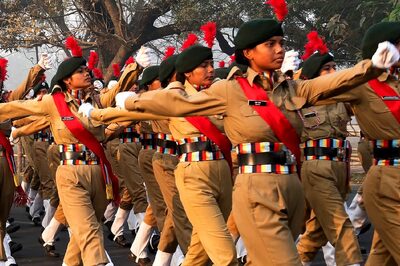

Comments
0 comment